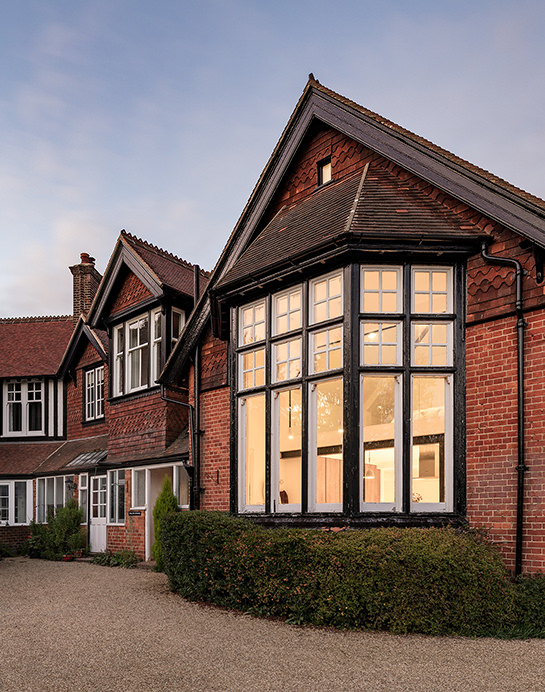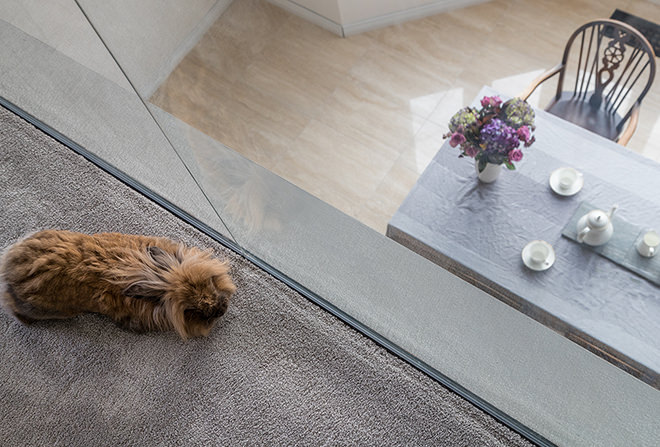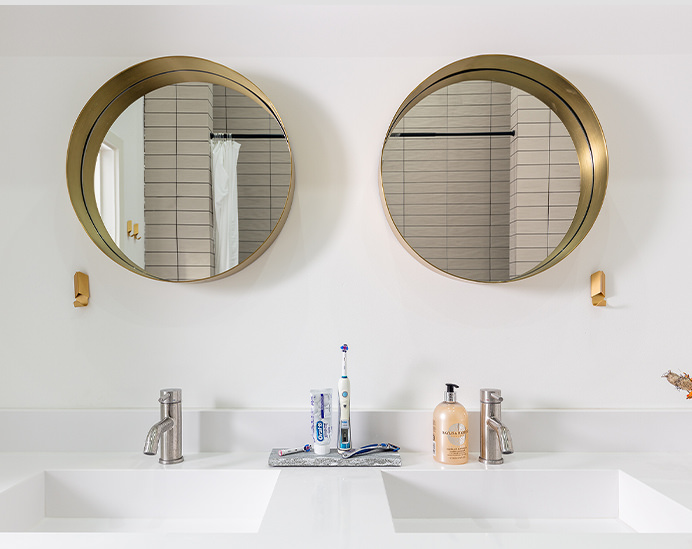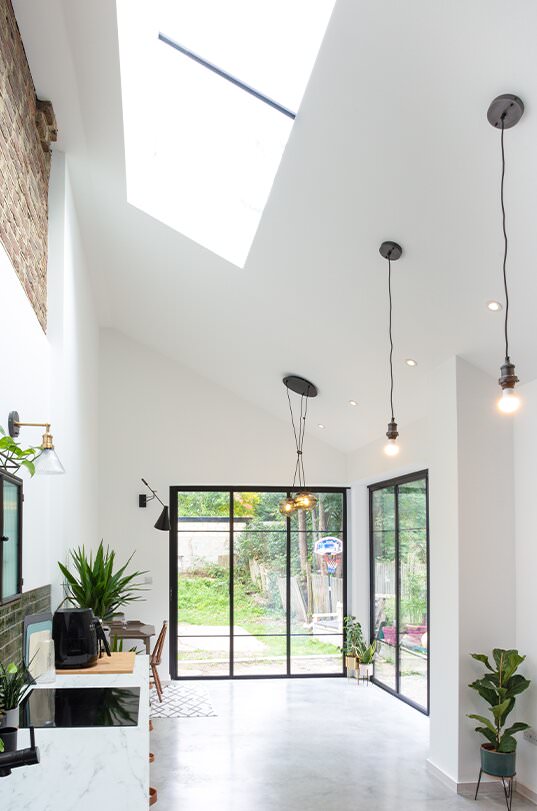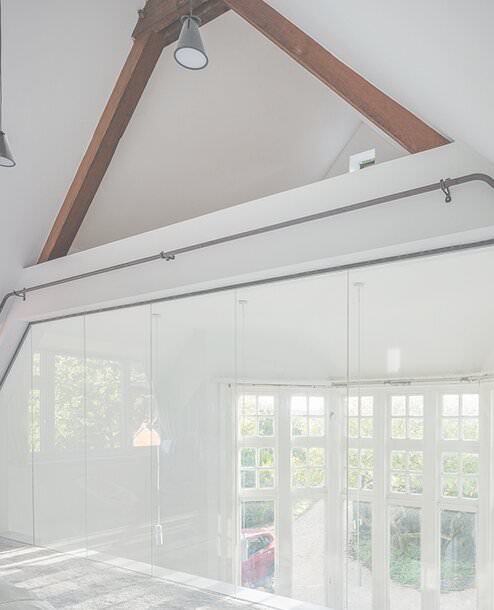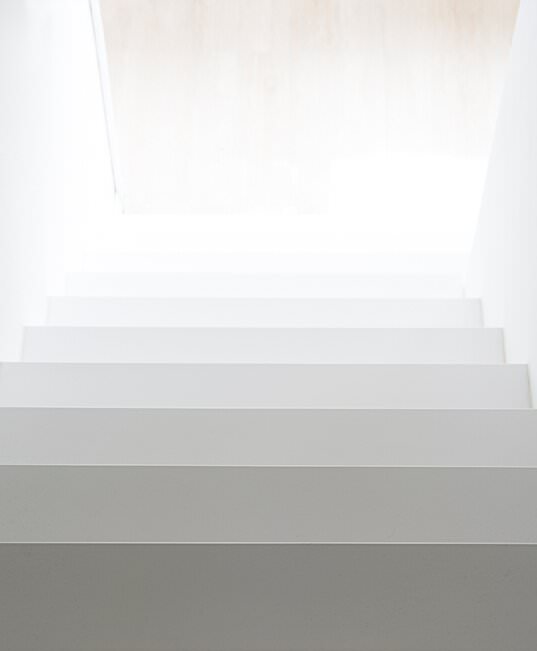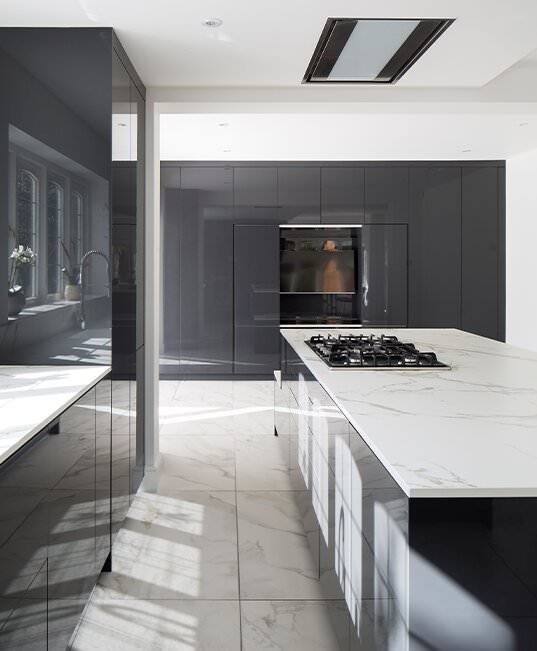What is CPD (Continuing Professional Development)?
December 7, 2018
As our in-house CPD coordinator, Beatrice Scorta shares her views on how and why she’s building our CPD schedule to keep us in touch with the latest the industry has to offer.
So before we begin, let’s find out what exactly CPD means.
What does CPD stand for?
CPD stands for Continuing Professional Development. It is the process of learning, tracking, and documenting the skills, knowledge, and experience that you gain as you work.
Certain professional bodies such as the General Medical Council and the Royal Institute of British Architects sometimes require this as part of their membership. It’s essentially a system used for making sure professionals keep up to date with industry advances and innovative developments.
What does CPD mean?
CPD is the process of learning, tracking, and documenting the skills, knowledge, and experience that you gain as you work.
Why is CPD important?
As with most professions, Continuing Professional Development (CPD) is mandatory for our Chartered Members.
So doing CPD helps us to be:
1: Competent
2: Professional
3: Informed with latest industry standards and products
CPDs are now one of the essential requirements in our professional’s careers as chartered architects. It’s designed to keep architects and construction professionals up to date with the right skills and core competence.
Therefore at Vita, our aim is to use CPD in a structured manner to not only cover the core curriculum but to use it as a tool to explore the newest products and technologies.
So how is CPD structured?
CPD can be mainly split into ‘structured’ or ‘informal’.
Structured CPDs are traditional set courses, presented by a representative of the supplier company who provides a better understanding of a specific topic or technology.
Informal CPDs can, instead, be self-directed as reading, short videos, podcasts, etc.
What does CPD certified mean?
CPD certified means that an online course has been officially verified by the CPD, an independent accreditation service. The accreditation can be gained when a course has met the strict guidelines set out by The CPD Certification Service.
+ Procurement and contracts
+ Sustainable architecture
+ Inclusive environments
+ Places, planning, and communities
+ Building conservation and heritage
+ Design, construction, and technology
What do we have to do as architects?
In order to comply with the RIBA standards, we need to undertake at least 35 hours of learning ( half must be ‘structured’ ) and 20 of them must come from the ten mandatory RIBA Core Curriculum CPD topics.
+ Architecture for social purpose
+ Health, safety, and wellbeing
+ Business, clients, and services
+ Legal, regulatory and statutory compliance
+ Procurement and contracts
+ Sustainable architecture
+ Inclusive environments
+ Places, planning, and communities
+ Building conservation and heritage
+ Design, construction, and technology
What does it mean for me and where will we go from here?
So beyond the legislative and regulatory reasons behind CPD learning, smart technologies within the industry lead the way. This is why we should all be considering the design from the outset of any project. Therefore, it’s so important for us to keep up to date with innovation within the industry, using CPDs as a tool to research and apply the knowledge to the projects we have available to us.
Nowadays, it is vital for all qualified and future architects to stay relevant and up to date on new industry trends. CPDs are great in this sense and help us ensure that our multifaceted craft is considered from a wider perspective.
The hope I hold for our CPD structure is to gain knowledge about traditional topics to which I am still learning as a Part 1 architectural assistant. But it’s also to develop the system to discover and research the wider market that’s out there and available to us as architects.
So how does it relate to your work?
So one of our recent CPDs involved the timber paneling system - Laudescher. They came to talk to us about the specification of acoustic timber panelling.
Since then, we’ve had various discussions over the finishing type, application method, and most importantly its potential specification! Above you will find the result of our current project in construction at our gym proposal in Tandridge.
If you would like to find out how we can use the latest the industry has to offer on your project, contact us today on 02081441737 or email us at [email protected].
